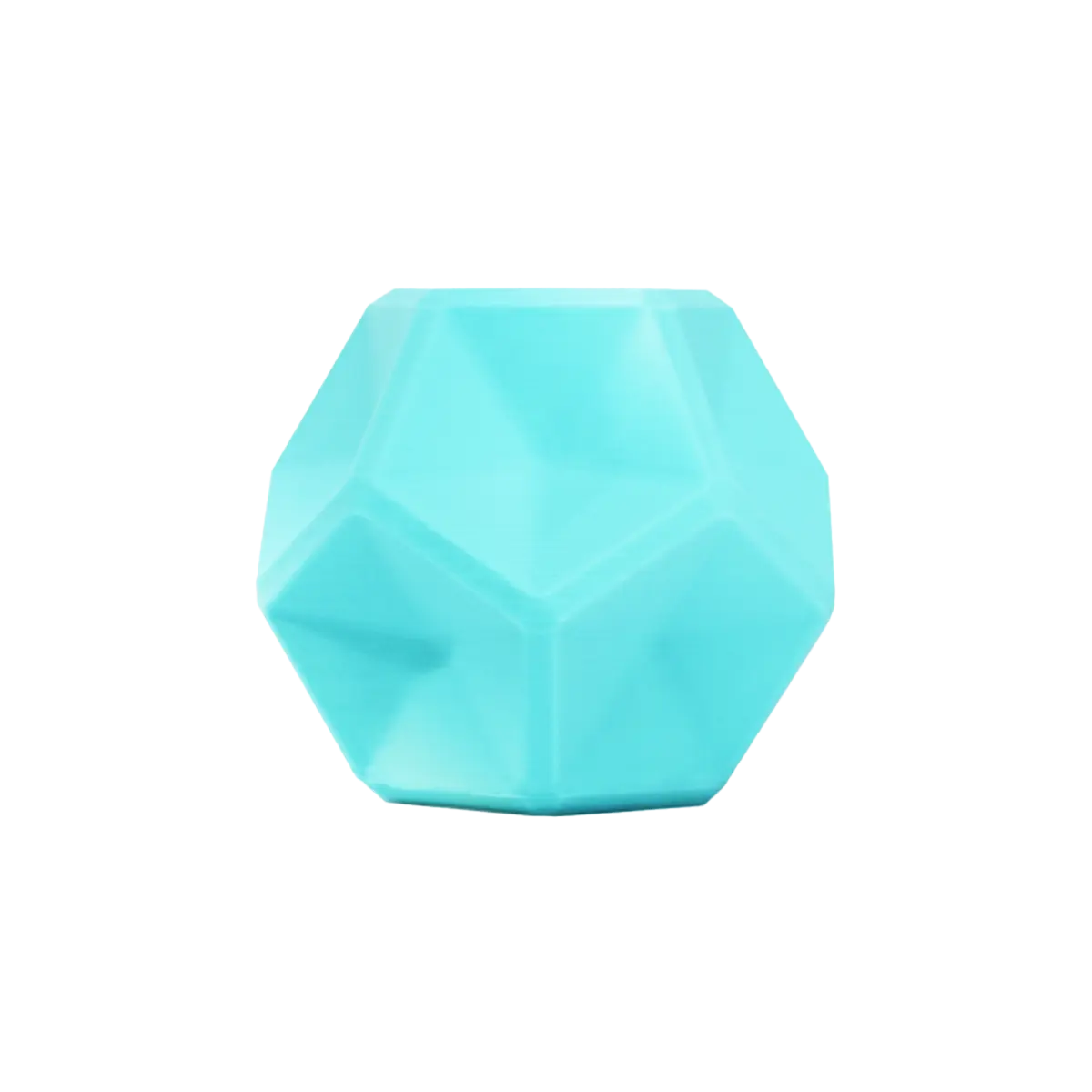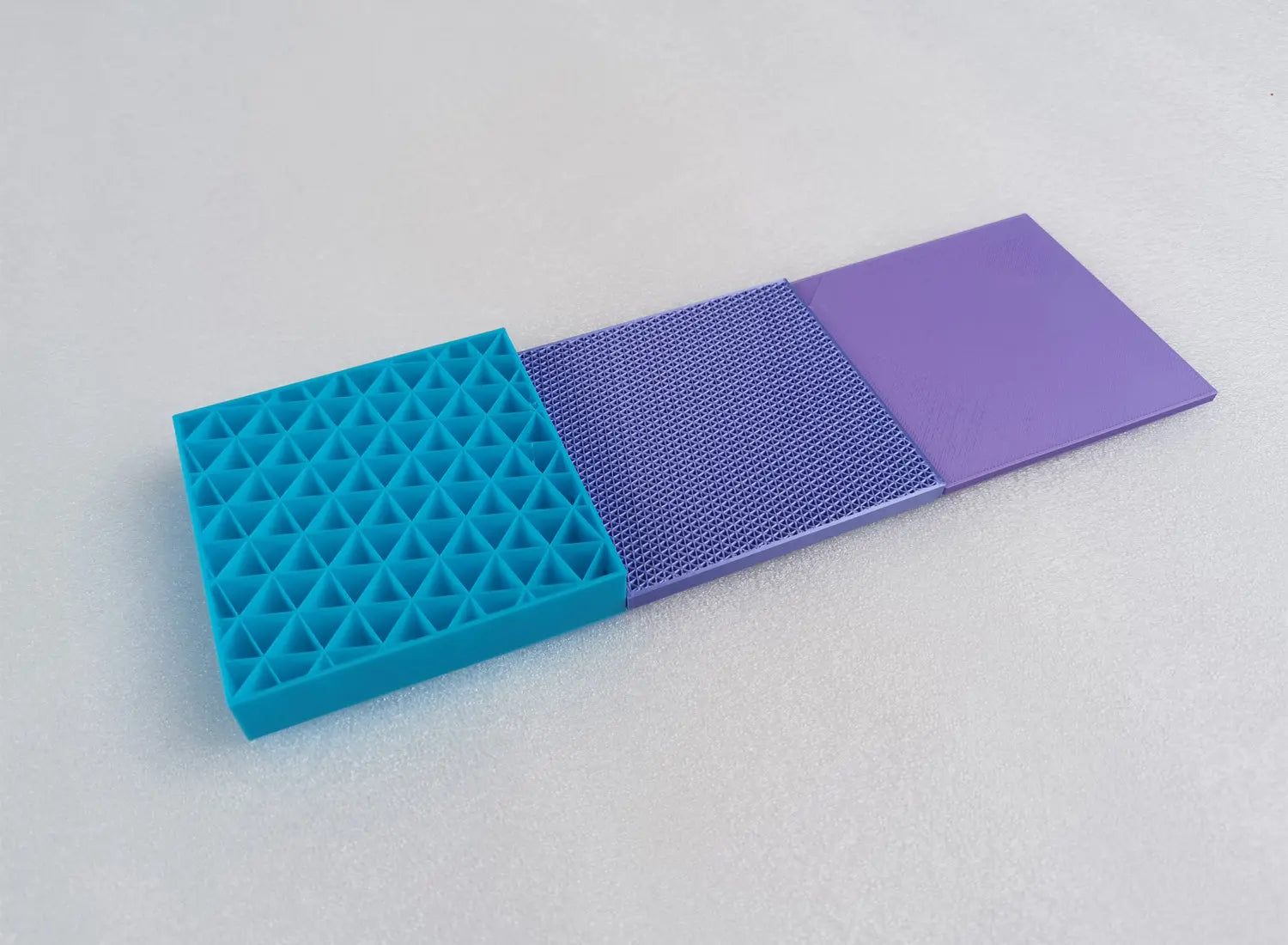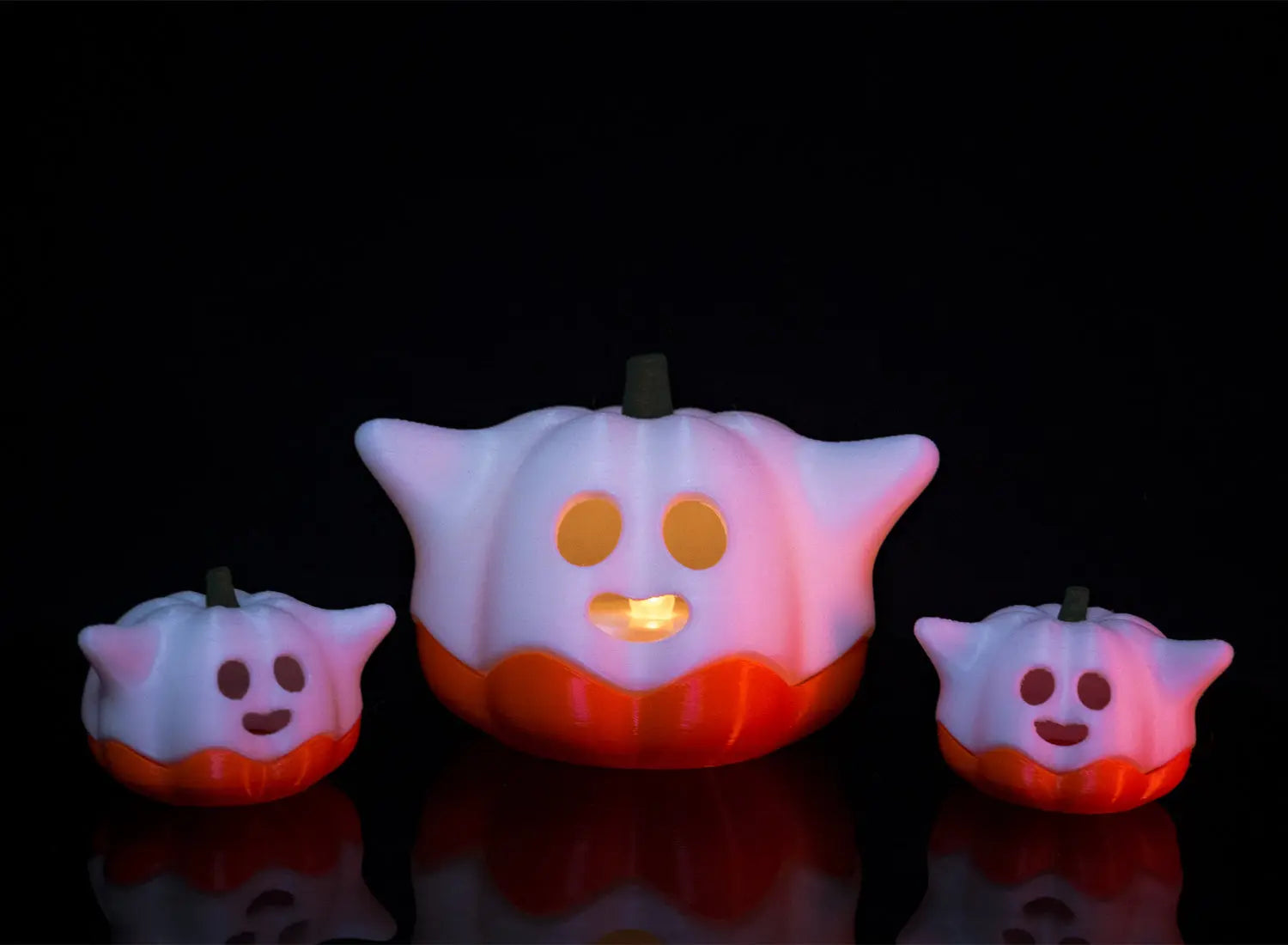With the rapid development of 3D printing technology, FDM (Fused Deposition Modeling) has become a popular choice for manufacturing model parts. However, while FDM printing offers high flexibility and customizability, the printed parts often lack mechanical strength, especially in terms of inter-layer bonding and overall structural integrity. In this article, we will explore multiple ways to enhance the strength of FDM-printed parts, including optimizing settings, selecting materials, adjusting printing parameters, and applying post-processing techniques. This guide aims to help both hobbyists and professionals produce stronger and more durable printed parts.
Why Are FDM Printed Parts Weaker?
Before delving into how to improve the strength of FDM printed parts, it's essential to understand the basic working principle of FDM printing. FDM printers work by heating thermoplastic materials (such as PLA, ABS, PETG, etc.) to their melting point and then extruding them layer by layer through a nozzle onto the build platform. As the material cools, it solidifies, forming a 3D model. In this process, the strength of the bonding between layers plays a significant role in the overall mechanical performance of the printed object.
Here are the key steps involved in FDM printing:
- Material Melting: The printer heats the filament to its melting point, turning it into a viscous liquid.
- Extrusion: The molten plastic is extruded through the nozzle and deposited layer by layer according to the path designed by the 3D model.
- Inter-layer Cooling: Each layer cools and bonds to the next one, gradually building up the final 3D structure.
While this layer-by-layer approach offers great flexibility in manufacturing, it also introduces issues with weak inter-layer bonding, which can compromise the overall strength of the printed part. This is especially problematic when the printing process involves fast cooling or unstable temperatures, leading to uneven bonding between layers and reduced tensile strength and impact resistance.

Methods to Improve the Strength of FDM Printed Parts
To enhance the mechanical properties of your FDM prints, there are several adjustments and considerations to take into account. Let's explore some of the most effective methods.
1. Increase Infill Density
Infill density is a critical parameter that affects the strength of a model. It’s usually expressed as a percentage. Increasing the infill density adds more internal support to the model, thus boosting its overall strength. For most prints, a fill density between 20% and 50% is sufficient, but for parts that need to withstand significant mechanical loads, a density of 50% or higher is recommended.
For instance, functional parts like mechanical components or tools may require a fill density of at least 50%, while display models can maintain a lower density of around 20%. The following diagrams illustrate the cross-sectional views of infill densities of 15%, 50%, and 100%. As the density increases, the internal structure of the model becomes more solid, and the part becomes sturdier.

Wall thickness directly influences the compressive strength of a model. Generally, wall thickness should be set to at least 2-3 times the minimum thickness that the printer can handle to ensure good mechanical performance. Thicker walls reduce the risk of deformation and breakage when external forces are applied. Setting the wall thickness to at least 1.2mm is a good starting point, and the exact value can be adjusted based on the material and the part's intended use.
Increasing wall thickness also improves the surface quality of the print by minimizing the visibility of layer lines, resulting in a more refined appearance. In slicing software like Orca or Orca-Flashforge, you can increase the number of outer layers to adjust wall thickness.

Different infill patterns have a significant impact on both the strength and printing time of a model. Common infill patterns include grid, triangle, and honeycomb. Among these, triangular infills are particularly effective for load-bearing structures because they distribute stress more evenly. Choosing the appropriate infill pattern can help balance strength, speed, and material usage.
For load-bearing parts, using triangular or cubic infill patterns is recommended. On the other hand, for aesthetic models where strength is less important, simpler grid patterns can be used.

Print speed and layer height are two crucial factors that influence print quality. A smaller layer height (e.g., 0.1mm) can improve inter-layer adhesion but will increase the total printing time. On the other hand, reducing the print speed allows the molten material to bond more effectively, thus enhancing the overall strength of the printed object.
In general, a slower print speed (e.g., 30-50mm/s) can help improve layer adhesion. For high-resolution prints, setting the layer height to between 0.1mm and 0.2mm is a common choice.
5. Optimize Temperature Settings
Proper temperature control is vital for achieving strong prints. Different materials have different optimal printing temperatures. For example, PLA typically prints at 190°C to 220°C, while ABS requires temperatures between 220°C and 250°C. Raising the printing temperature can improve layer bonding, but overheating may cause excessive material flow, reducing the part's precision. You should adjust the temperature based on the material's properties for the best results.
Using a heated bed during printing can also help by keeping the base layer at a constant temperature, reducing the likelihood of warping and improving overall print quality.
6. Change the Print Orientation
In general, the bonding strength between layers in the Z-axis is weaker than in the XY-axis. To counteract this, you can optimize the print orientation based on the direction of the forces the part will experience during use. By orienting the model to align with the XY-axis, you can significantly improve its tensile strength and reduce the risk of cracks or breakages.

(Printed by Flashforge Adventurer 5M Pro with PETG filament)
Material Selection
Selecting the right material is one of the most critical factors in improving the strength of FDM prints. Below are some common materials known for their superior mechanical properties:
- ABS (Acrylonitrile Butadiene Styrene): ABS is known for its strength and toughness, making it suitable for parts that need to endure significant mechanical stress. Its good heat resistance makes it popular in automotive and electronic applications.
- PETG (Polyethylene Terephthalate Glycol): PETG offers a balance of strength and toughness, making it ideal for parts requiring wear resistance and impact strength. Its transparency also makes it suitable for aesthetic models.
- ASA (Acrylonitrile Styrene Acrylate): ASA has similar properties to ABS but offers better UV and weather resistance, making it ideal for outdoor applications. It's commonly used in automotive parts and outdoor equipment.
- Nylon: Nylon boasts excellent toughness and wear resistance, making it perfect for high-strength engineering parts. It's commonly used for mechanical components and tools.
When choosing a material, consider the following factors:
- Environmental conditions: Take into account the working environment of the printed part, such as temperature, humidity, and UV exposure.
- Mechanical properties: Choose a material that matches the mechanical requirements of the model.
- Printer compatibility: Ensure that the selected material is compatible with the FDM printer you are using.
Post-Processing Techniques
After the FDM print is complete, post-processing can further enhance the part's strength. Here are some common post-processing methods:
1. Heat Treatment
Heat treatment can increase the overall strength and durability of a printed part. By placing the part in an oven at a temperature between its glass transition and melting point, you can effectively improve the crystallinity of the material, thus enhancing inter-layer bonding. For materials like ABS and PETG, heat treatment can boost strength by over 30%.
2. Epoxy Coating
Applying an epoxy resin coating to the surface of the print can significantly enhance its strength and durability. Epoxy not only improves impact resistance but also provides water resistance. This makes epoxy coating an ideal choice for models that need to withstand harsh environmental conditions.
3. Mechanical Finishing
For parts requiring high precision, mechanical finishing techniques such as sanding or milling can further improve surface quality and mechanical performance. This is especially useful for functional parts where removing minor imperfections can enhance their usability.
4. Chemical Smoothing
Chemical smoothing can improve both the appearance and strength of a model. For ABS parts, acetone vapor treatment can smooth the surface and strengthen inter-layer bonding, improving the overall durability of the print.
Conclusion
As FDM printing technology continues to advance, innovations in materials science and printer performance will lead to even stronger and more durable FDM parts. For example, researchers are exploring the use of composite materials such as carbon fiber and glass fiber to enhance the mechanical properties of FDM-printed parts. These composite materials can significantly improve the rigidity and strength of models, making them suitable for demanding industrial applications.
Furthermore, the development of smart manufacturing and automation technology will drive the widespread adoption of FDM printing. As automation improves, future FDM printers will be capable of producing more complex and stronger parts in less time.
By adjusting various FDM 3D printing settings, selecting appropriate materials, and utilizing post-processing techniques, you can significantly enhance the strength and reliability of your printed parts. These improvements can meet everyday needs and offer robust solutions for engineering applications. With the continuous development of 3D printing technology, we can expect more innovative methods to emerge that will further enhance the strength of FDM-printed parts.
In this article, we’ve explored how to use FDM 3D printing technology to print stronger model parts. We hope these tips help you achieve your printing goals. If you have any questions or want to share your experiences, feel free to leave a comment – we’d be happy to engage with you.





























